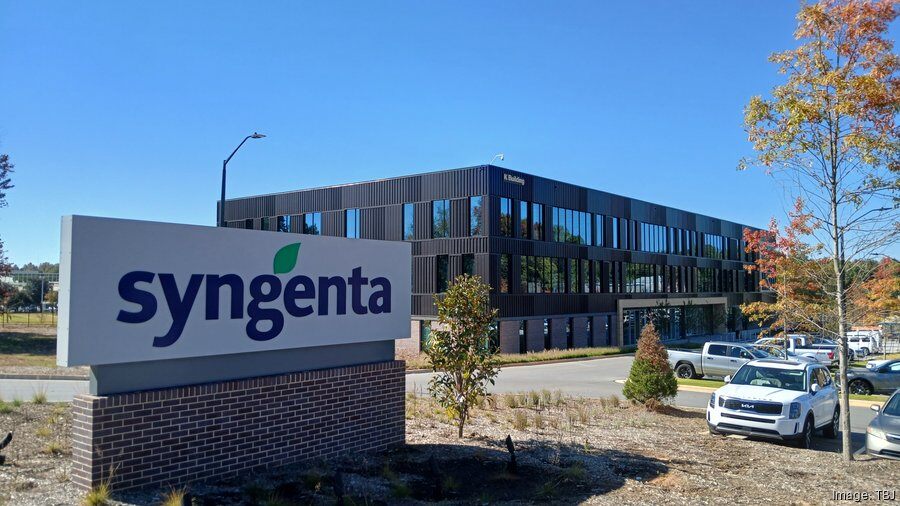Clayton Sellars became the first rodeo athlete to receive an AGwagon PRORODEO Special Edition when...
5 Key Trends in Artificial Intelligence That Will Revolutionize Agriculture in 2025

At the World Economic Forum (WEF), Jeff Rowe, CEO of Syngenta Group, presented the five key trends in Artificial Intelligence that he feels will define agriculture in 2025. During a panel discussion, he outlined how 2025 will mark the first year AI truly revolutionizes agriculture – from lab to field.
The five key trends in AI identified by Rowe are:
- AI in R&D: Today at Syngenta, all research projects utilize machine learning models to identify novel active ingredients – for synthetic and biological products. In the future they can be simulated by AI.
- AI in the Field: The introduction of AI-driven systems for reliably monitoring and predicting soil health, enabling high-resolution soil nutrient, texture, and carbon maps for growers.
- AI in Farmers’ Hands: GenAI-enabled digital tools acting as agronomic advisors to help farmers determine optimal crop management practices.
- AI in Pest Management: Precision agriculture and data-driven decision-making solutions supporting farmers by targeting crop protection products only to infested areas.
- AI in Supply Chain Management: Demand forecasting, market prediction, and the reduction of overproduction and waste to optimize logistics and improve efficiency.
“AI and digital tools are revolutionizing farming and sustainable practices,” Rowe said. “Advanced monitoring systems integrate satellite imagery, drones, and soil maps to enable precise crop management. Predictive analytics, powered by AI and machine learning, provide farmers with actionable insights, transforming reactive practices into proactive strategies.”
The global AgriTech market, valued at $24.19 billion in 2023, is expected to reach $54.17 billion by 2029 according to a recent report by AgriTech Market analysis. The global market for AI in agriculture is projected to grow from $1.7 billion in 2023 to $4.7 billion by 2028 as estimated in a recent market analysis, underscoring the significant economic potential of these technologies. A WEF report estimates that digital agriculture could boost the agricultural GDP of low- and middle-income countries by $450 billion annually.
During the panel discussion with Suzanne DiBianca, Executive Vice President & Chief Impact Officer at Salesforce, panelists emphasized the critical need for collaboration among policymakers, businesses, and other stakeholders to reduce financial and technical barriers for farmers adopting technology.
The synergy between digital technologies and sustainable farming empowers farmers to tackle climate change while improving productivity. By integrating regenerative practices with cutting-edge technology, the agricultural sector is paving the way for a resilient food system that benefits both people and the planet, the panelists concluded.
EDITOR’S TAKE:
Several years ago, biotechnology was all the rage. It transformed agriculture as no other technology in prior history had accomplished. The latest transformative focus is on AI. It will assimilate other technologies and allow future developments to be more advanced and developed in a shorter time frame. As the article points out, however, it can only be truly effective if partners in the food chain are on the same wavelength and fully engaged. It will be exciting to watch as AI moves agriculture forward in the coming years.
Speaking of the latest and greatest – be sure to check out the new AGwagon trucks available only through CAD 3.0 dealers. These trucks are all the buzz in the ag and rodeo communities. Check them out at www.agwagon.com! And for you rodeo fans – check out the new PRORODEO Special Edition AGwagon trucks….








